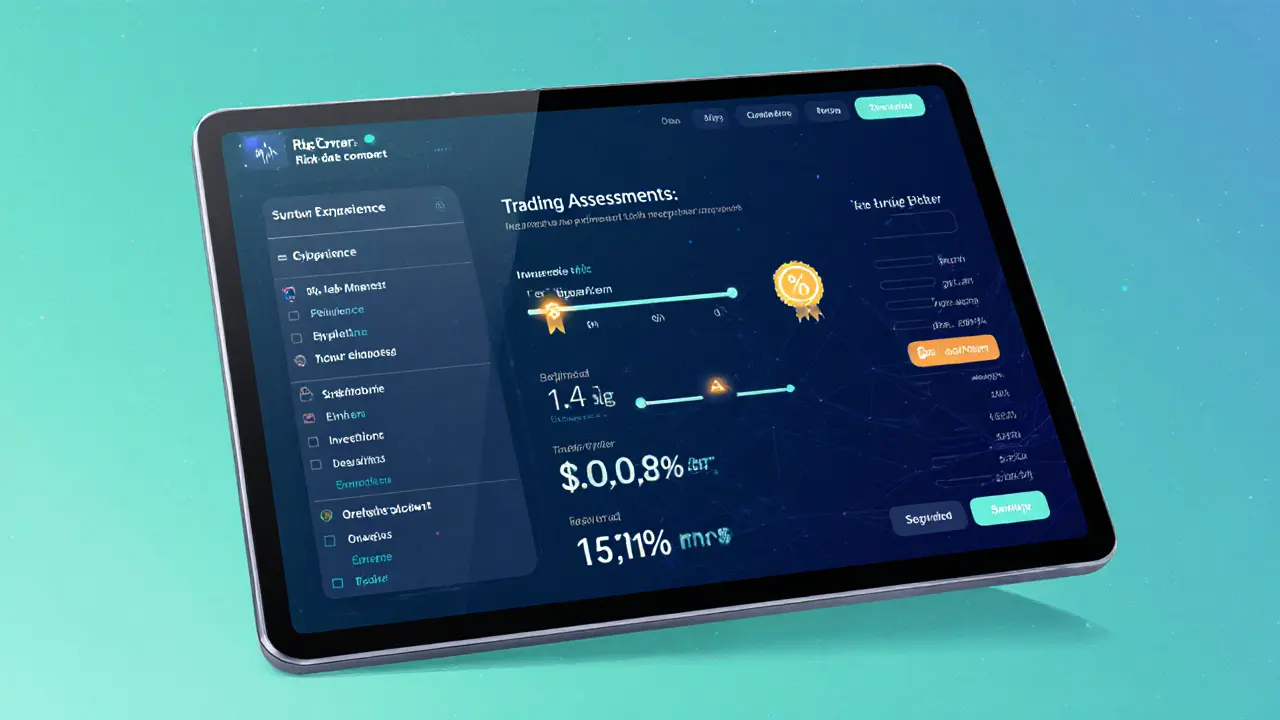Crypto Trading Platform Overview
When working with crypto trading platform, an online service that lets you buy, sell, and manage digital assets. Also known as crypto exchange, it acts as the gateway between fiat money and blockchain tokens, offering order books, wallets, and market data. A solid platform must blend speed, security, and compliance, because traders rely on it for every move in the fast‑paced crypto market. Speed matters when price swings happen in seconds, while security protects your funds from hacks and phishing attacks. Compliance isn’t a nice‑to‑have; it’s the shield that keeps the platform from being shut down by regulators overnight. In short, a good crypto trading platform gives you quick access, solid protection, and a clear legal path to trade confidently.
Key Elements Shaping Any Crypto Trading Platform
First, a crypto exchange, the core marketplace where users place buy and sell orders defines the liquidity and fee structure you’ll experience. High liquidity means tighter spreads and less slippage, while low fees keep your profits from being eaten away. Second, crypto licensing, the set of legal approvals a platform must obtain to operate determines whether the service can legally serve your region and protects you from sudden shutdowns. In the United States, for example, an MSB registration or a BitLicense signals that the exchange follows AML/KYC rules; in the EU, a MiCA passport shows cross‑border compliance. Third, understanding tokenomics, the economic model behind each digital asset helps you assess risk, especially when a platform lists higher‑yield or deflationary tokens. Token supply, distribution schedules, and built‑in taxes (like the 4% tax on SafeMars) directly affect price volatility and long‑term value. Finally, many platforms run airdrop, free token distributions used to attract users and boost network activity, which can add extra upside but also bring scams if you don’t verify the source. A legitimate airdrop usually comes from a platform that has clear licensing, transparent tokenomics, and a track record of delivering promised rewards. These four pillars—exchange mechanics, licensing compliance, token economics, and airdrop programs—interact tightly: a well‑licensed exchange can list tokens with solid tokenomics, and reputable airdrops often come from platforms that meet strict regulatory standards, creating a safer environment for traders.
Below you’ll find a curated collection of articles that break each of these pieces down. We’ve gathered step‑by‑step licensing guides for the US and Thailand, deep dives into exchange security and fee structures for platforms like Koinde and Bitroom, tokenomics tutorials for coins such as SafeMars, PREME, and WOOP, and real‑world airdrop case studies covering BonusCake, PLGR, and FIWA. Whether you’re hunting for a low‑fee broker, need to verify a platform’s legal status, want to gauge the risk of a new token, or are looking to claim a legit airdrop, the posts ahead give you actionable insight to make confident decisions on any crypto trading platform.

BKEX Crypto Exchange Review 2025: Fees, Safety & Performance
Mar 11, 2025, Posted by Ronan Caverly
A detailed 2025 review of BKEX crypto exchange covering fees, security, user experience, regulatory status, and how it stacks up against Binance and Coinbase.
MORESEARCH HERE
Categories
TAGS
- decentralized exchange
- crypto exchange review
- cryptocurrency
- crypto coin
- CoinMarketCap airdrop
- smart contracts
- tokenomics
- cryptocurrency exchange safety
- crypto exchange
- cryptocurrency airdrop
- crypto airdrop
- cryptocurrency exchange
- crypto airdrop guide
- blockchain token distribution
- DeFi
- crypto exchange scam
- crypto airdrop 2025
- Ethereum
- cross-chain interoperability
- ERC-20
